Is Coding the Real ‘T’ in the STEM Acronym?
A MiddleWeb Blog
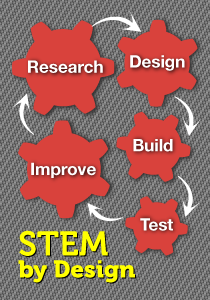
Integrating Math and Science using the Engineering design process is the usual focus. But I’m still mulling over the T, or technology. How are we integrating technology into the STEM mix? First, think about a few ways we currently use technology within integrated STEM.
1. In STEM challenges, kids design products to solve real problems. Technology is anything made by humans to satisfy a need or solve a problem. By definition, then, a product kids design during a STEM challenge is a technology.
2. Many STEM lessons involve kids in using equipment such as electronic balances and monitoring equipment, along with a variety of science equipment and digital math tools, and all can be considered technologies.
3. Some STEM lessons bring in technology by using computers as tools for researching the problem – an important step in the engineering design process.
4. Education websites such as BrainPOP provide engaging games to involve kids in STEM learning. For example, when I recently worked with kids on a roller coaster project, this teaching game helped them understand/review potential and kinetic energy.
5. Technology projects can actually drive integrated STEM projects. For example, the Air Force Collaboratory is a unique program that I find compelling because of its real life digital scenarios as well as its requirements for hands-on science and math.
Those are a few ways we integrate technology in STEM challenges today, but a new and rapidly emerging K-12 phenomenon is surfacing that may technology full membership in the STEM acronym.
Coding: the new technology on the block
Perhaps you’re familiar with computer code – a sequence of signals used to give instructions to a computer. I’ve known about coding for a long time – sort of. At least I know that something makes things happen on my computer screen when I move my cursor.
I have a son who learned to code at age 6 in a Saturday class for young children at the University of South Alabama. That was over 30 years ago. I recently asked him how learning coding had helped him in school. He told me that coding forced him to break down a problem and think through it logically. To code effectively, he learned to chunk a problem into smaller bits and reduce it to a more manageable status.
Interestingly, coding also helped my son learn mathematics and physics because it helped him visualize problems and think about them less abstractly. He remarked, “I couldn’t do the work I’m doing now [computer simulation] without visualizing what I’m doing, and for me, coding made that possible.”

Emily Vickery
That glowing testimonial, coupled with my personal lack of any real knowledge about coding, prompted me to turn to one of my favorite teacher techies – Emily Vickery. Emily has recently written about coding a couple of times on her blog, Running the Digital River of Learning, in recent months. (She’ll be publishing an article here at MiddleWeb soon as well, about coding and the digital learning gap.)
I urged Emily to tell me how and why coding might be used in STEM lessons. Here – in a nutshell (because I’m running out of space) – is a synopsis of some possibilities we brainstormed.
► Coding is just plain fun. It gives kids insight into the inner workings of technology and how it can be used to solve problems. It can add interest to STEM and expand kids’ options as they think about ways to solve problems.
► Simple programs such as Scratch (a free coding program for kids developed by Mitch Resnick at MIT) can teach computational thinking and math and science concepts, such as motion, slope, and boiling point. So STEM lessons that use those concepts might use coding as a part of the research phase of the engineering design process (EDP).
► Kids can use coding to construct games such as guessing games. Using coding, they might design a game that will help them evaluate whether the product they constructed meets the established criteria.
► Coding programs sometimes focus on art and music projects – and this has real possibilities for building STEAM programs.
► Coding can be used to create stories. Maybe these stories could be used to set up compelling scenarios that grab kids and lead them into the engineering challenge. (See this interesting post by MiddleWeb blogger Kevin Hodgson: “Why Coding Is Important in Our Writing Class”.)
► Coding programs can change and control the speed of objects. Maybe this could complement STEM challenges involving vehicles and motion.
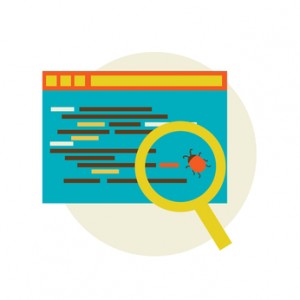
► Coding can be used to create advertisements. Students might use coding to create a description or even a marketing strategy for a product they created. This would be one way they might address the “Communicate” step of the engineering design process.
► Teachers use coding programs such as Alice to develop lesson plans. The lesson plans already developed for grades 6-8 cover a wide range of math topics. Some of these topics (rate of change and slope, volume, bouncing balls) are directly related to math concepts students need in STEM projects. These math concepts could be purposefully coordinated with STEM projects in which students need to apply those skills.
► According to Judith Gal-Ezer in The Economist, coding requires computational thinking – the ability to formulate problems in such a way that they can be tackled by computers. Perhaps coding can help kids formulate some STEM problems in such a way that they can use computers to engineer solutions.
The future of coding and STEM
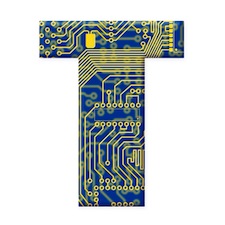
Coding as a part of our basic curriculum is still in the early stages. Teachers and curriculum designers don’t yet have all the pedagogical knowledge they need to guide them. Effective use of coding will require teachers who know what they are doing and understand how to use coding in their subjects – including STEM.
I make no claims to being a tech guru and I wonder – what have I left out in terms of how technology (including coding) can be better integrated into STEM? If nothing else, answering that question might generate a list of ideas for those who are teaching our STEM kids.

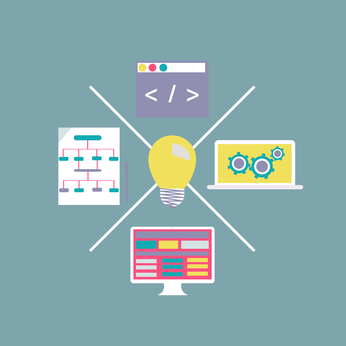














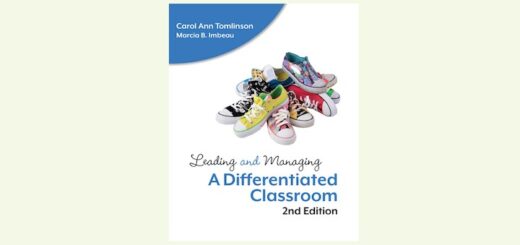

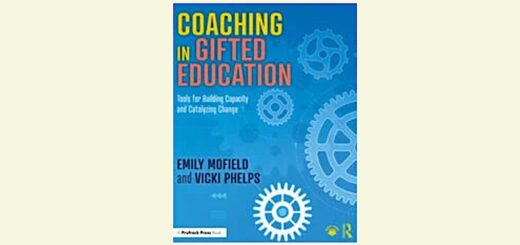

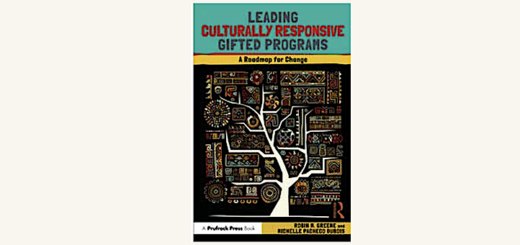

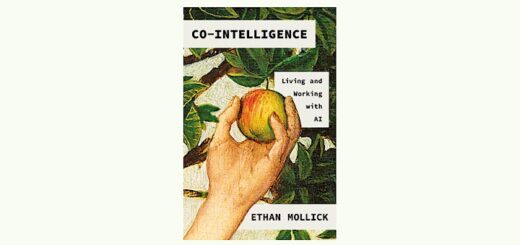
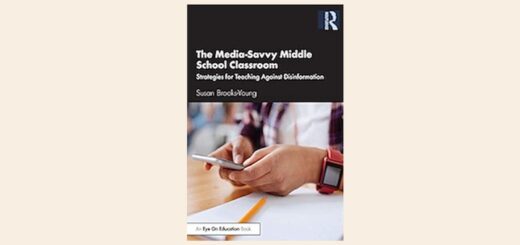


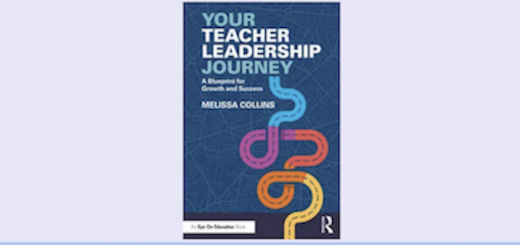
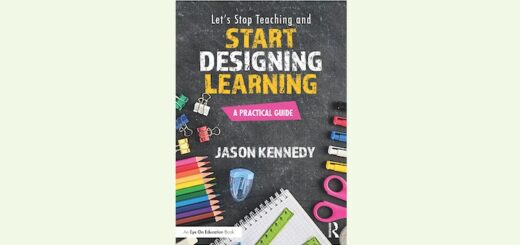
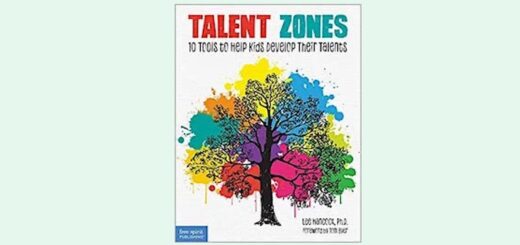
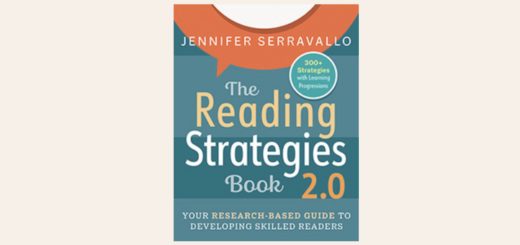
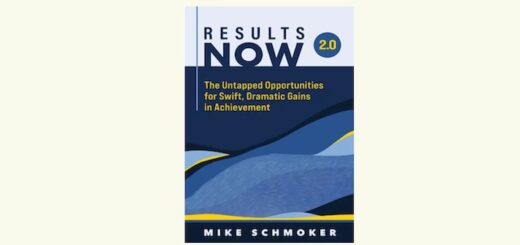
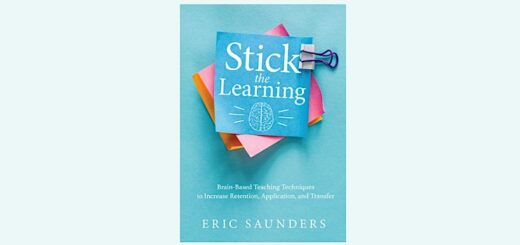
The problem with education is we chunk everything up into subjects so it’s no wonder we have difficulty putting them back into some sort context when we want to re integrate them. Science I have no problem with in terns of what it is (although we still want to break this down into sub subjects!). Maths has a similar problem – pure and applied as just what is maths is it the same as sums! Engineering could be more of a profession than a subject or seen as the application of science and maths. Engineering is the process of making, of creating. Then there is technology and this is where I show my heritage. You see I started as a Craft, Design and (wait for it) Technology Teacher. Then the “Craft” bit was dropped since it was seen as “old school”. We then had D&T for a bit before it became just the T. See what happens when we play with subjects.
The core behind T has for me been the creative process, the problem solving, the means by which we find applications for the science and the maths and produce products using engineering principles. Now “coding” is a one of the creative problem solving process and employs engineered products to solve problems. Is coding the new Technology, is “black” the new “white”? Does it matter – it is the approach to learning that is important. Like “CDT” maybe “STEM” will end up as “T” all on its own.
For more on my thinking about education and subjects check out: http://wp.me/p2LphS-2x
Kev
Thank you Anne for this great insight into the “T” in STEM and unpacking what technology is and the specific usefulness of coding. I see coding as applied math and so very useful in all of the STEM disciplines with or without the “a” to make it STEAM. I can’t tell you how many times I have consulted with a school and the administration believes that “Technology” is getting enough working computers, iPads etc. and being certain students have computer literacy. The word needs to spread that is not it!
Learning to code or structure is like solving a puzzle and understanding a new language. You create a line of code and it translates to what you see on your computer screen. It can organize and discipline your thoughts and ideas. In some ways it is like music—a certain patterns yields a specific result whether it be a tune or a rhythmic pattern.
Students being able to think this way and systemize is very valuable, not only for their higher order thinking skills, but also to participate and understand the way we do business in the 21st century.
Thanks Anne for shining a light on the needed definition and understanding of the “T” in STEM.
Thanks to you, Ruth, for your insights into how multiple disciplines can be combined to create valuable learning experiences. Since I know and follow your work, I am constantly amazed at your skill at keeping the focus on the big picture and understanding how the various disciplines fit in. For those of you who want to add another great blog to your list, Ruth blogs athttp://ruthcatchen.wordpress.com/ and has an article on STEAM posted at http://www.middleweb.com/15943/steam-action/.
Thanks for your insight, Kev – I totally agree with you that engineering is a creative process (and a profession involving applying science and math). Glad you made that point more clear. I did check out your blog, and I found a lot of kindred ideas in your focus on creativity. I recommend this blog to my readers!
Wow. I really liked your post “What Makes Something STEM”, but here I think you’ve missed the mark – well, not missed it so much as presented an extremely narrow view of “technology”. “Information Technology” is the use of computers and programming. However, there is a whole host of skills in “Manufacturing Technology” and “Construction Technology” that are equally crucial to STEM. Students actually _build_ the things they design, and to do so you need to know something about materials processing equipment; the more skills you have with different equipment, the more creative a student can be. From table saws to CNS lathes to 3d printers to welding – all have their place [a “lite” version in middle school, a more comprehensive set of tools in high school]. And, there are many reasons beyond project building that this is important. You will find that often the best engineers are the ones who have had hands-on experiences, which informs designs in ways that can’t be achieved otherwise. Like the machine shop owner who said they received a design from a mechanical engineer – only it couldn’t be made in metal! There is the fact that there are many good-paying STEM fields where using tools is a focus – in the Trades, for example. There is the fact that producing something by your own design and hands gives a feeling of satisfaction and competency. Being able to fix things around your house is a great skill. You get the picture. Too often the science and math teachers forget about [and, in the worst cases, disrespect] the role of materials processing technologies. To me Technology in STEM is all of this.
I was a Tech Ed teacher for 11 years many years ago. When I taught Metalworking and we did metal etching I brought in the Science teacher to talk about the acids we used. When we did bridge building I brought in a Civil Engineer to talk to the class. “Mini-STEM” moments. We could have moved “shop” classes and science classes toward each other years ago and saved alot of hassle. Now, we’ve lost most of the shops and the teachers and have to start from scratch – including educating science and math teachers that there is even a teaching endorsement in Tech Ed [in some programs, called Tech / Engineering Ed] for those who have studied everything from Robotics, Materials Science, Electronics, etc. These are people who are essential to the STEM team, because it is the application of science, math, and technologies of all types which IS engineering.
Wow – right back at ya! I like your post as well. You really make some terrific points. Donna. In fact, that I’d like to use the ideas and information you posted in some of my future posts. This is an educationally sound perspective on technology that I have said very little about. Would you tell me how to credit you? Just email me at ajolly@bellsouth.net. And thanks, again, for expanding the STEM technology boundaries.